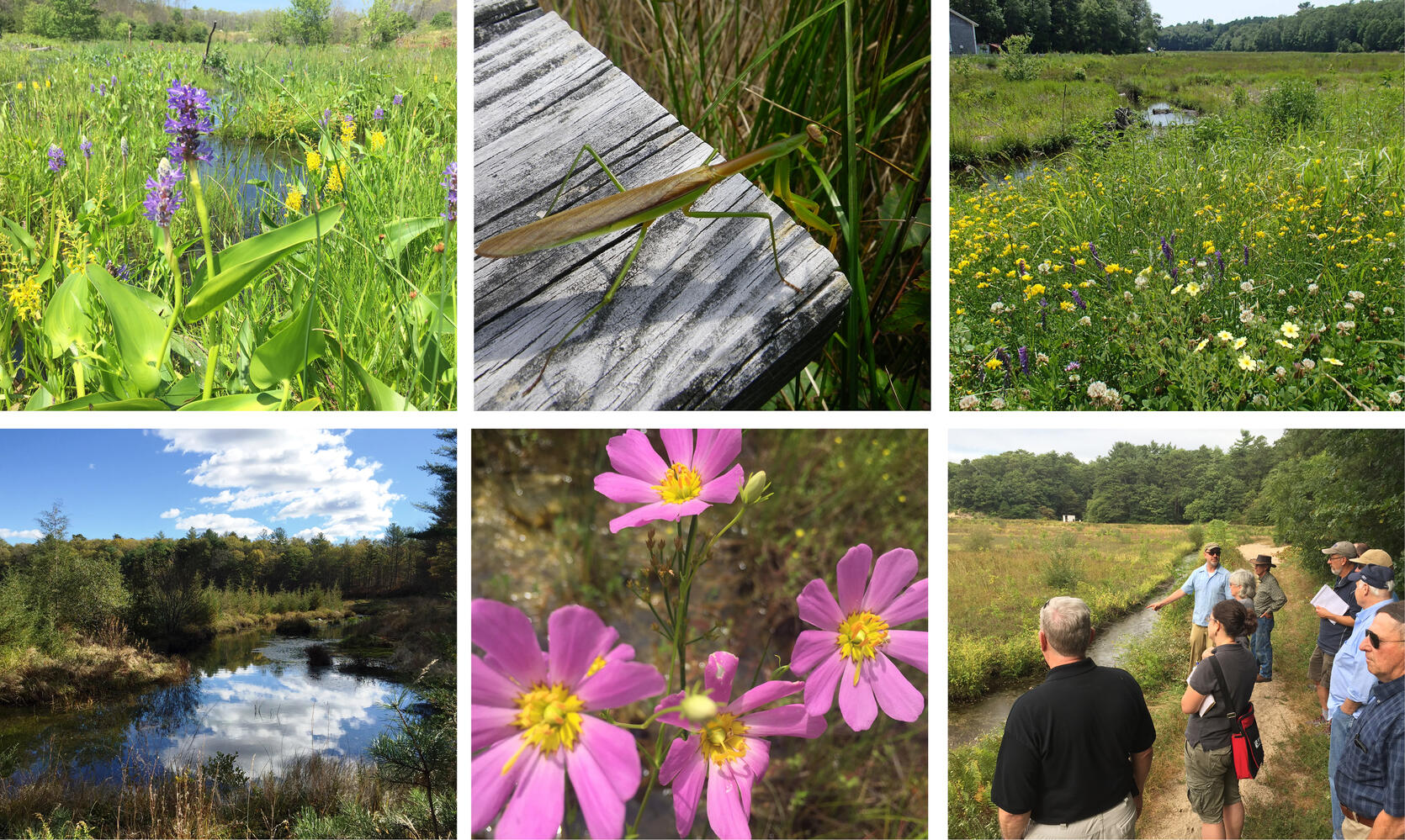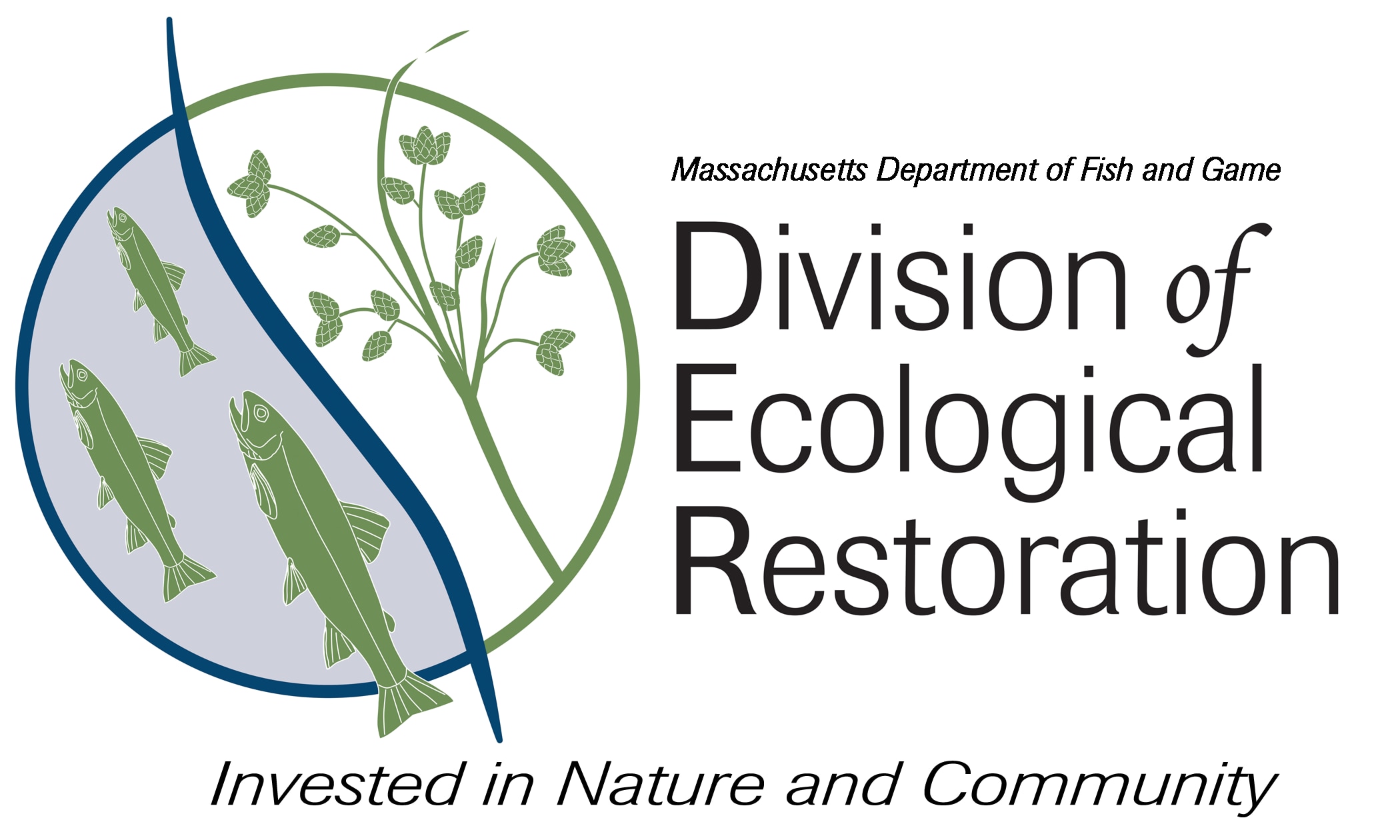- Division of Ecological Restoration

Culturally iconic and economically important, cranberry farming has been part of the Massachusetts landscape for over 200 years (Cranberry Harvest: A History of Cranberry Growing in Massachusetts, Spinner Publications, 1990). Today, there are approximately 13,250 acres of cranberry farmland (Cape Cod Cranberry Growers Association ) within the Commonwealth. Unfortunately, many farmers are facing severe economic challenges due to falling prices, market shifts, and other factors. These issues were well documented by the Massachusetts Legislature’s Cranberry Bog Revitalization Taskforce (see the 2016 final report). The Taskforce suggested the need for “exit strategies” for interested farmers, including one which involves land conservation and wetland restoration.
Over the past 10 years, DER has worked with local, state, and federal partners to restore wetlands and streams across approximately 300 acres of retired cranberry farmland. On many former farms, such work is needed to address legacy impacts (e.g. sand fill, ditches, water controls) and restore healthy wetlands. Building on this past experience, and in response to the current context and need, we are excited to announce our new Cranberry Bog Program. Under this new Program, DER will work with interested landowners to complete on-the-ground wetland restoration projects on retired cranberry farms. By partnering with the USDA Natural Resources Conservation Service, Cape Cod Cranberry Growers Association, Towns, and local land trusts, we hope to make options for “green exit strategies” more available. The Cranberry Bog Program has a strong learning component as well, intended to document the effects of restoration and improve practice over time. Groups such as Living Observatory, UMass Amherst, Mount Holyoke College, Wood Hole Research Center, and others are already working together and with DER to find these answers.
With a short walk at Mass Audubon’s new Tidmarsh Wildlife Sanctuary - previously a commercial cranberry farm (Tidmarsh Farms) restored to wetlands with DER’s assistance - one can see the benefits of restoring wetlands on these lands. Such projects can help improve water quality, expand biological diversity (already more birdsand plants are making Tidmarsh their home), protect low lying coastal areas from future storm damage, and provide access to recreational opportunities on beautiful protected open space.
For more information, please contact Alex Hackman, Cranberry Bog Program Manager, at 617-626-1548 or alex.hackman@mass.gov. Stay tuned for future updates, including about our new and on-going restoration projects in Freetown, Harwich, Falmouth, Plymouth, and more.
Photos are from two restored sites – Tidmarsh Sanctuary and the Eel RiverHeadwaters
